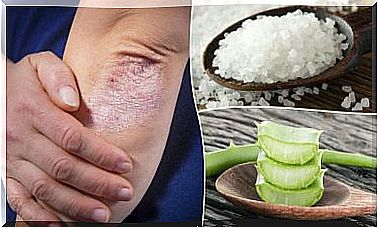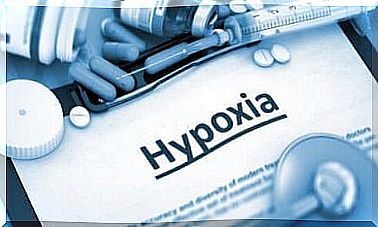Diabetes: Here Are 7 Ways To Detect It

Diagnosing diabetes is not an arbitrary thing. The suspicions of having it usually come to those who have close relatives who suffer from this pathology. As a result, people are more concerned about checking their health.
On the other hand, people who have poor eating habits or tend to indulge in excesses by giving in to candy and sugars are frequently told that they could develop diabetes at any time. Certainly, the warnings alone are not enough to give clues to diagnose diabetes.
What is there to know to diagnose diabetes?
The best way to deal with a disease is to know it. The more we learn about it, the sooner we can take effective action.
In the case of diabetes, sufferers are usually between the ages of 40 and 60. For the most part, patients are unaware that they have this disease until some accident occurs and then the doctor senses its presence.
Diabetes mellitus is a chronic disease, so defined because there is no cure. It is characterized by a high level of glucose (sugars) in the blood, due to insufficient production or resistance to insulin.
To detect diabetes, the person needs to do a blood test. A person with diabetes is considered to have a glucose value greater than 125 mg per deciliter in the bloodstream.
There are several variations
- Type I. The pancreas does not produce insulin, it is more common among children and younger adults. To treat it, patients need to take insulin and follow an appropriate diet
- Type II. The body does not use the insulin produced by the pancreas well. This is the most common type of diabetes, especially among mature individuals, sedentary people and overweight people
- Treatment involves taking insulin or hypoglycemic drugs and it is recommended that you eat a healthy diet and play sports
- Gestational. It appears during pregnancy, since hormones “block” the work of insulin. It is more common among pregnant women who have already turned 25, if they have high blood pressure, or if they gain too much weight during gestation.
- Other causes of gestational diabetes are family history and polycystic ovary syndrome. The treatment involves exercising and following a special diet respecting the condition in which the woman is.
The chances of developing this disease are higher if there is a family history.
How to spot diabetes?
There are several symptoms that can warn us of the possibility of suffering from this pathology. Great attention must be paid, since the manifestations can be sporadic or confused with each other.
In case of any of the signs listed below it would be advisable to consult your doctor to order a blood test.
1. Go to the bathroom often

Increasing the urge to urinate is one way to detect diabetes. This action is known to doctors as polyuria and is more common at night. We get up several times to go to the bathroom and cannot rest well. It can also happen that, without drinking more, the number of times you urinate during the day is greater.
2. Lose weight
It is important to pay attention to weight loss. Especially if no changes have been made in diet or exercise type.
If you lose weight “for no reason” it is possible that the cause of the problem is in the pancreas. While this happens more often to children, it is possible that it also happens to adults.
3. Being very thirsty

No matter how much water you drink, if the person always feels dry mouth and throat, this could be another sign of diabetes. The fact that the body is asking for more and more liquids is an unequivocal alarm signal that something is not right at the level of the organism.
This is due to the fact that the body needs to recover lost fluids through urine (both signals usually occur together).
In this case, we recommend responding to your thirst with water, natural juices or herbal infusions. Never with soft drinks, coffee, alcoholic beverages or bottled juices, as these aggravate the clinical picture. How? By increasing blood sugars.
4. Feel tingling and itching
This is another sign of the onset of diabetes. It is not actually related to blood sugar levels, but to vascularity problems. They are known as neuropathy and produce tingling or numbness in the extremities. They can increase especially during the night.
5. Feeling very tired

No matter how many hours you sleep or if you stay at home quietly throughout the weekend, these people feel tired and powerless. In this case, lack of energy is another sign of diabetes (type II).
6. Blurred vision
During the early stages of diabetes development, people can experience changes in their vision and suddenly they may need to wear glasses. Even those who already suffer from myopia or astigmatism may have problems focusing on objects or seeing closely. And this without the graduation measured by the ophthalmologist having changed.
Once you have been diagnosed with diabetes, it is very important to take care of your vision, to avoid or delay the onset of certain diseases. For example, retinopathy which in some cases, if neglected or not treated adequately, can become blind.

For example, if these people get hurt with a knife while cooking and this wound does not heal in no time. This could be a sign that something is not working properly in the body. In general, it is considered one of the signs that allow you to identify diabetes.
In fact, diabetics can have problems related to the fact that the vascularization does not take place correctly. This is the reason why wounds take so long to heal.









